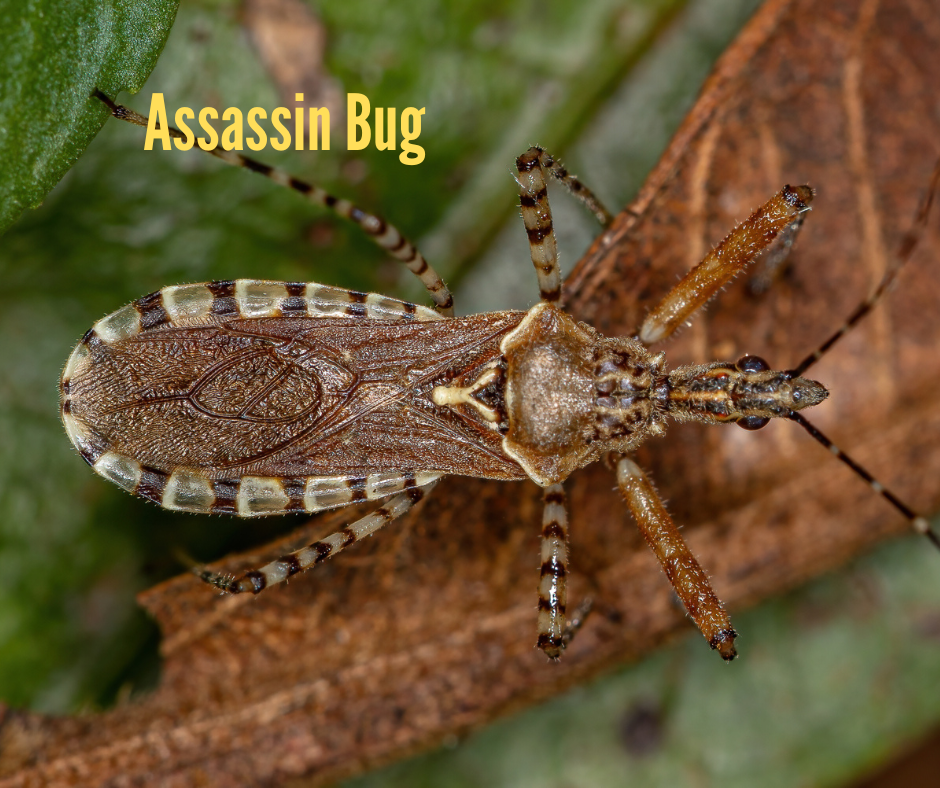Damaging Vegetable Crop Insects
go.ncsu.edu/readext?1008044
en Español / em Português
El inglés es el idioma de control de esta página. En la medida en que haya algún conflicto entre la traducción al inglés y la traducción, el inglés prevalece.
Al hacer clic en el enlace de traducción se activa un servicio de traducción gratuito para convertir la página al español. Al igual que con cualquier traducción por Internet, la conversión no es sensible al contexto y puede que no traduzca el texto en su significado original. NC State Extension no garantiza la exactitud del texto traducido. Por favor, tenga en cuenta que algunas aplicaciones y/o servicios pueden no funcionar como se espera cuando se traducen.
Português
Inglês é o idioma de controle desta página. Na medida que haja algum conflito entre o texto original em Inglês e a tradução, o Inglês prevalece.
Ao clicar no link de tradução, um serviço gratuito de tradução será ativado para converter a página para o Português. Como em qualquer tradução pela internet, a conversão não é sensivel ao contexto e pode não ocorrer a tradução para o significado orginal. O serviço de Extensão da Carolina do Norte (NC State Extension) não garante a exatidão do texto traduzido. Por favor, observe que algumas funções ou serviços podem não funcionar como esperado após a tradução.
English
English is the controlling language of this page. To the extent there is any conflict between the English text and the translation, English controls.
Clicking on the translation link activates a free translation service to convert the page to Spanish. As with any Internet translation, the conversion is not context-sensitive and may not translate the text to its original meaning. NC State Extension does not guarantee the accuracy of the translated text. Please note that some applications and/or services may not function as expected when translated.
Collapse ▲If you have a vegetable garden this is the month to be on the lookout for pickle worms, tomato horn worms, stink bugs, leaf footed bugs, squash bugs, and bean beetles. Any or all of these insects can cause a lot of damage to the vegetable crop.
If any of these insects are found in the garden, hand picking them is often the best method of control. Picking them off the plant and placing them in a bucket of water with some liquid dish soap will often dispatch them. In the case of the caterpillars, you may be able to feed some birds by placing them out in the open where the birds can easily find them.

Assassin Bug
Keep in mind that not all insects are bad to have in the garden. Wheel bugs, assassin bugs, lady beetles, lacewings, spiders, and several other insects are actually beneficial. Wheel bugs and assassin bugs feed on a wide variety of insects in the garden including many caterpillars and stink bugs that cause damage to the crops. Lady beetles and lace wings feed on aphids and other soft bodied insects that suck the juices out of the plant. It’s important not only to know what the adult insect looks like, but also what the immature stage of the insect looks like. The immature stage of these beneficial insects often eats as much if not more of the pests than the adults.




